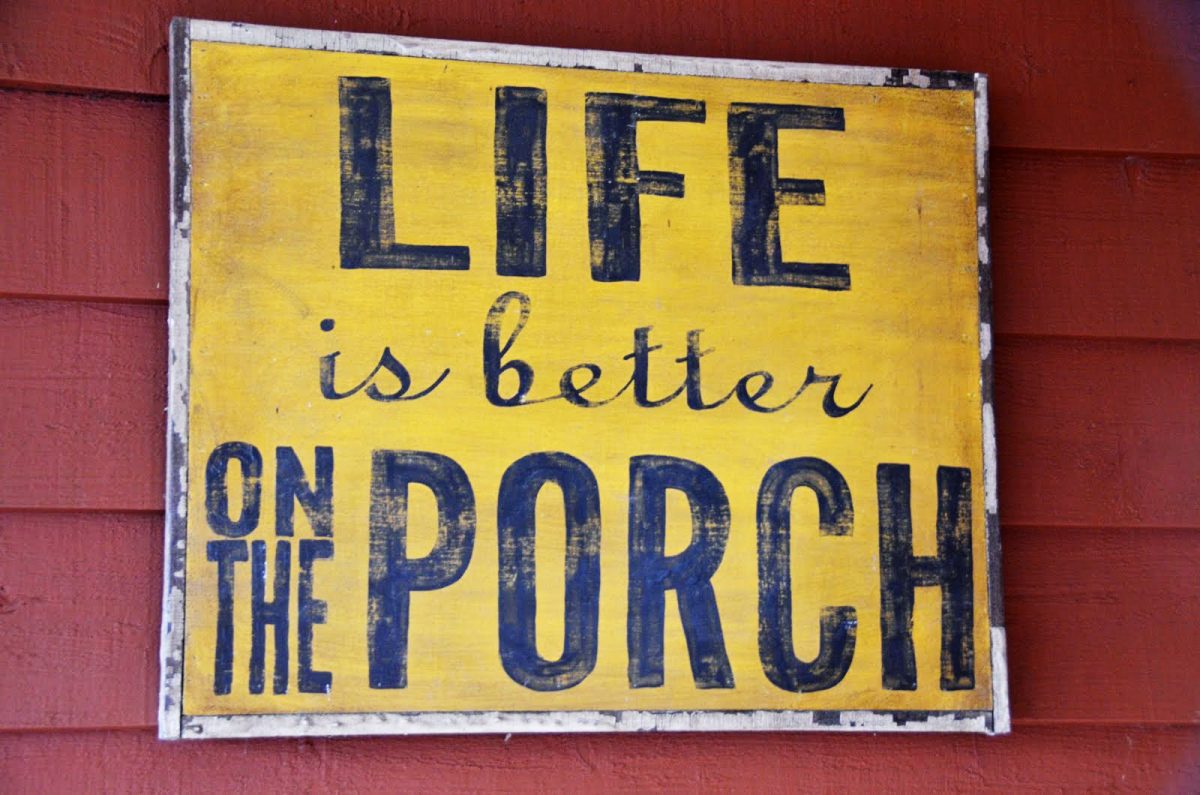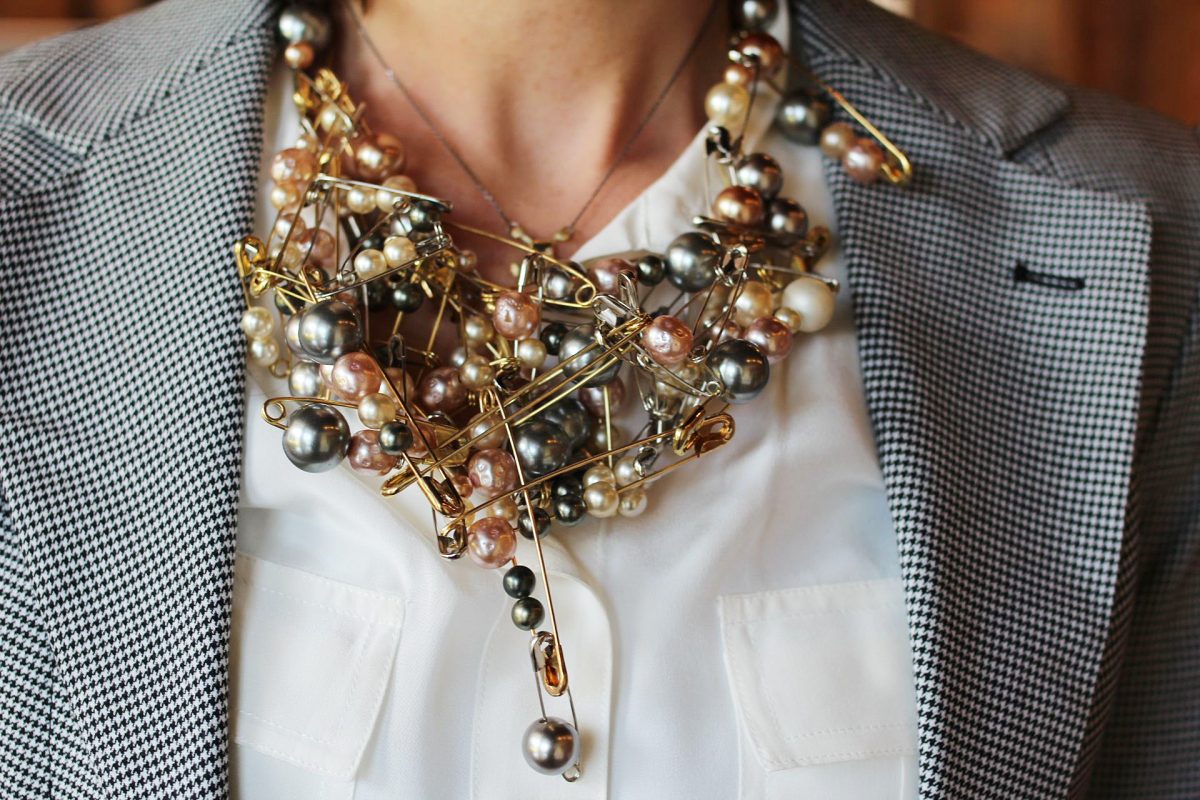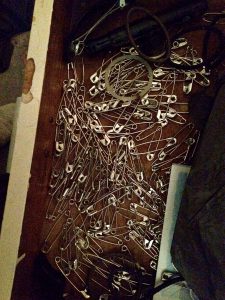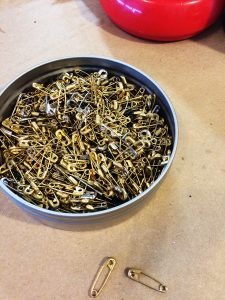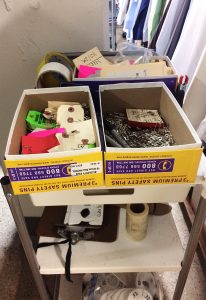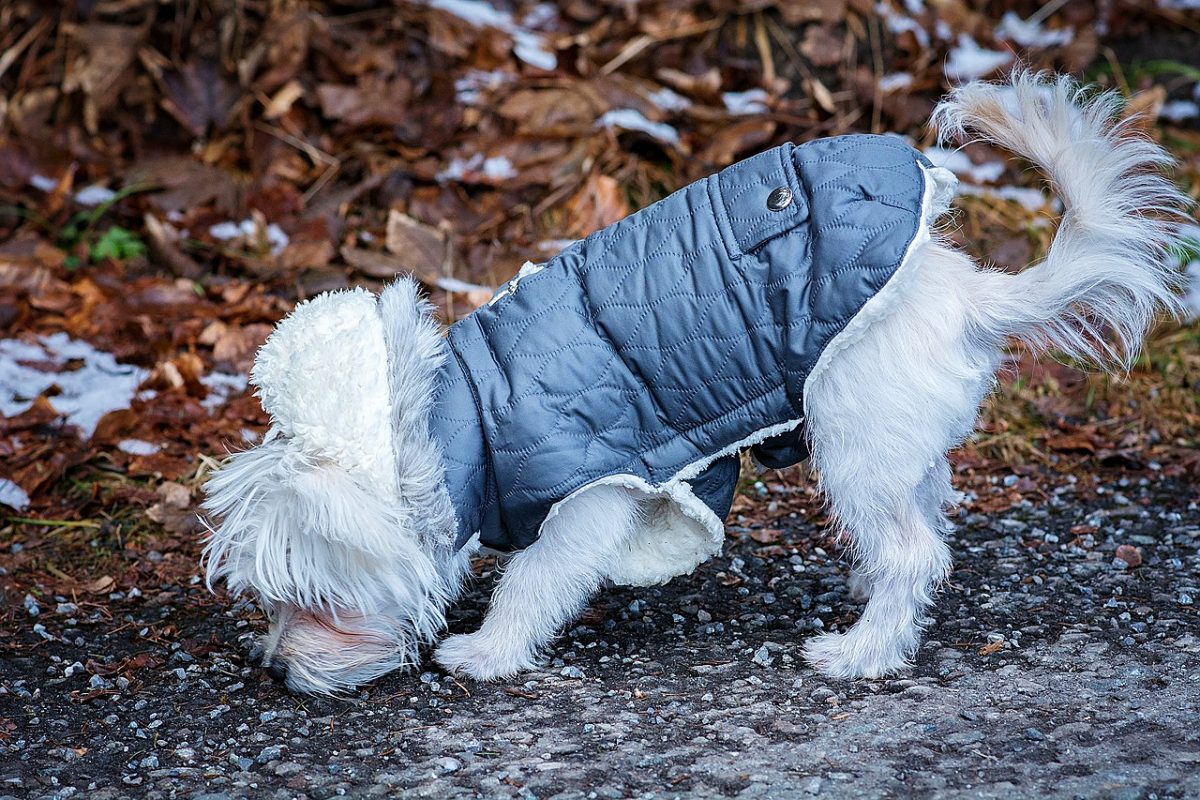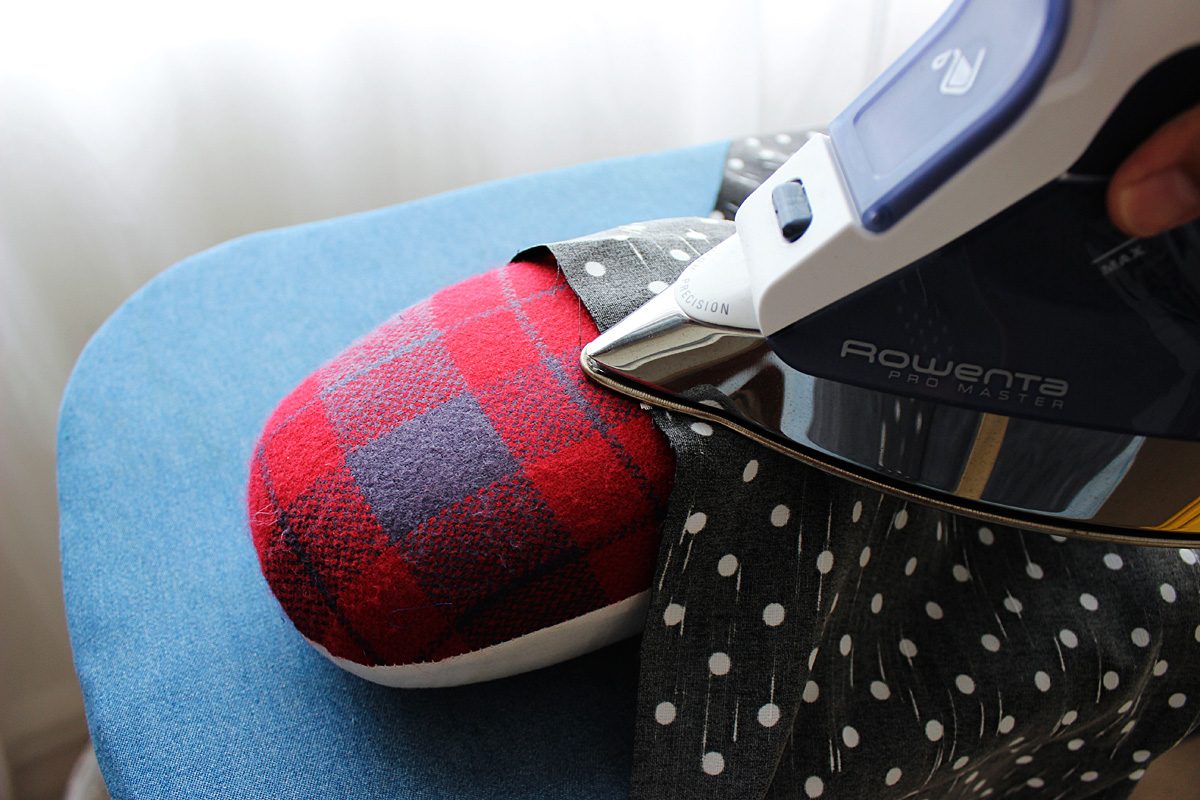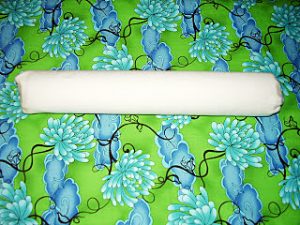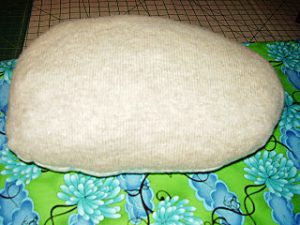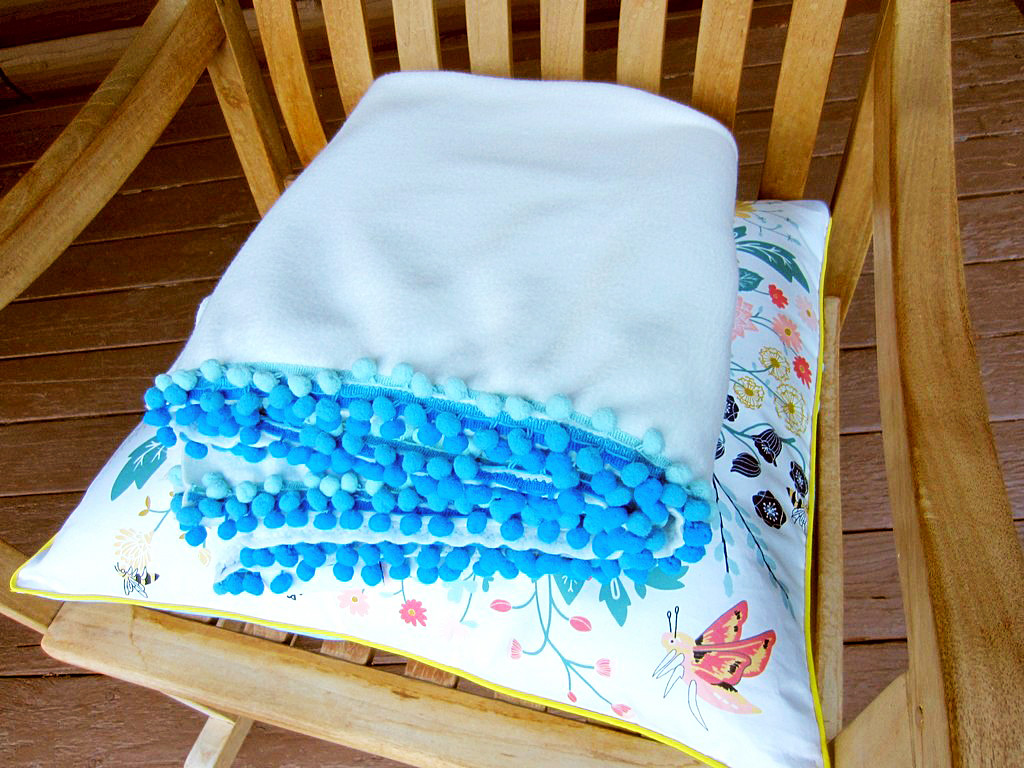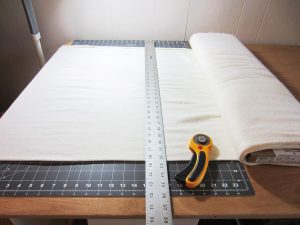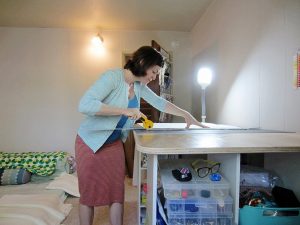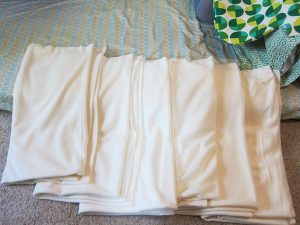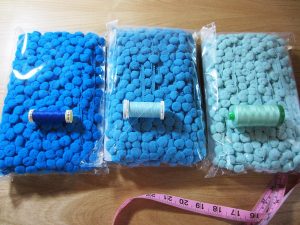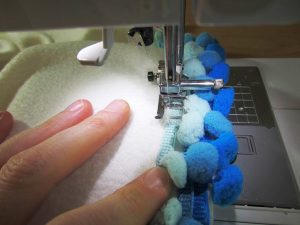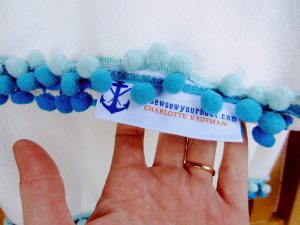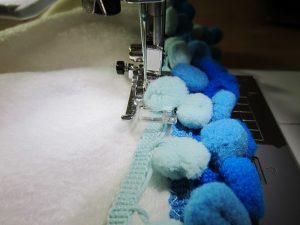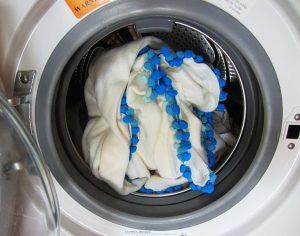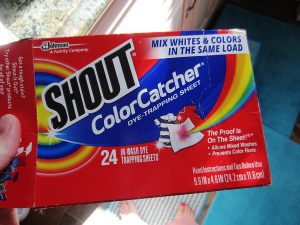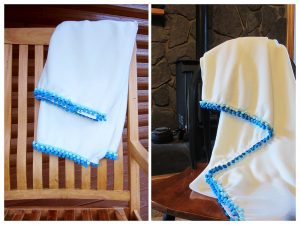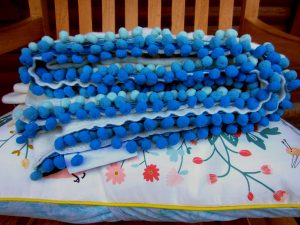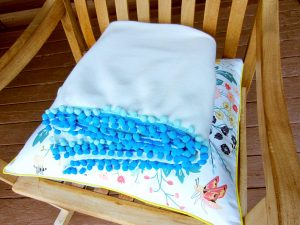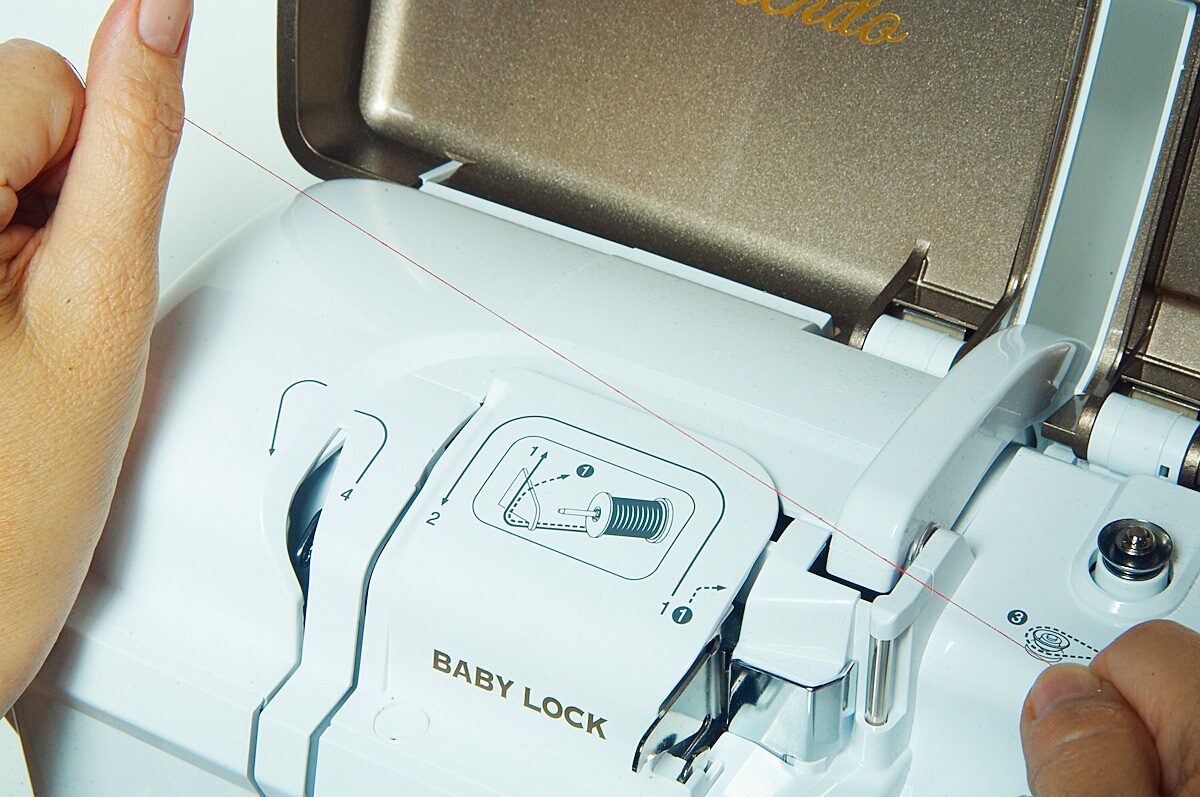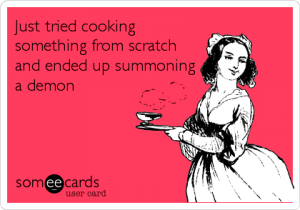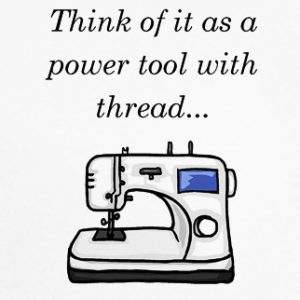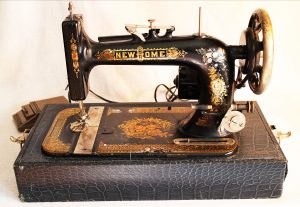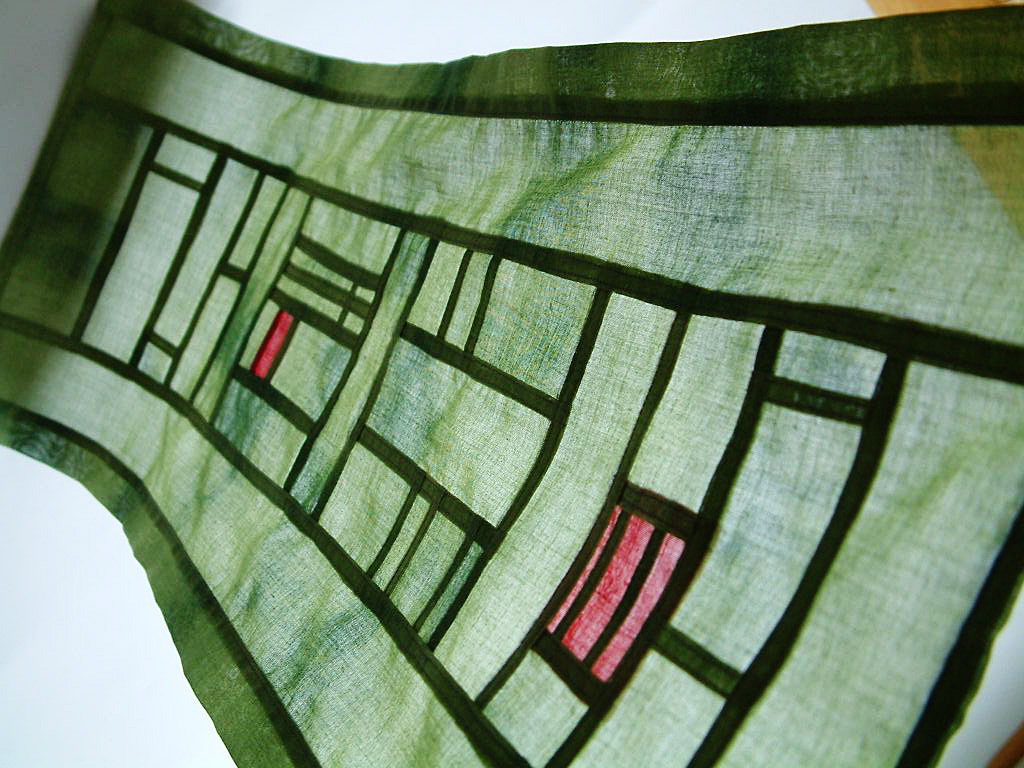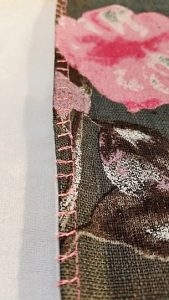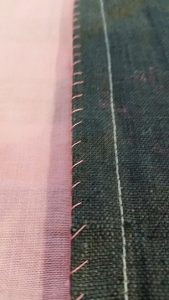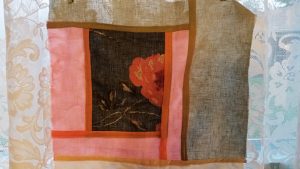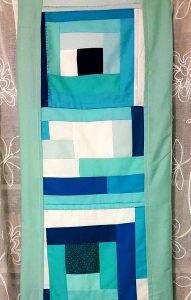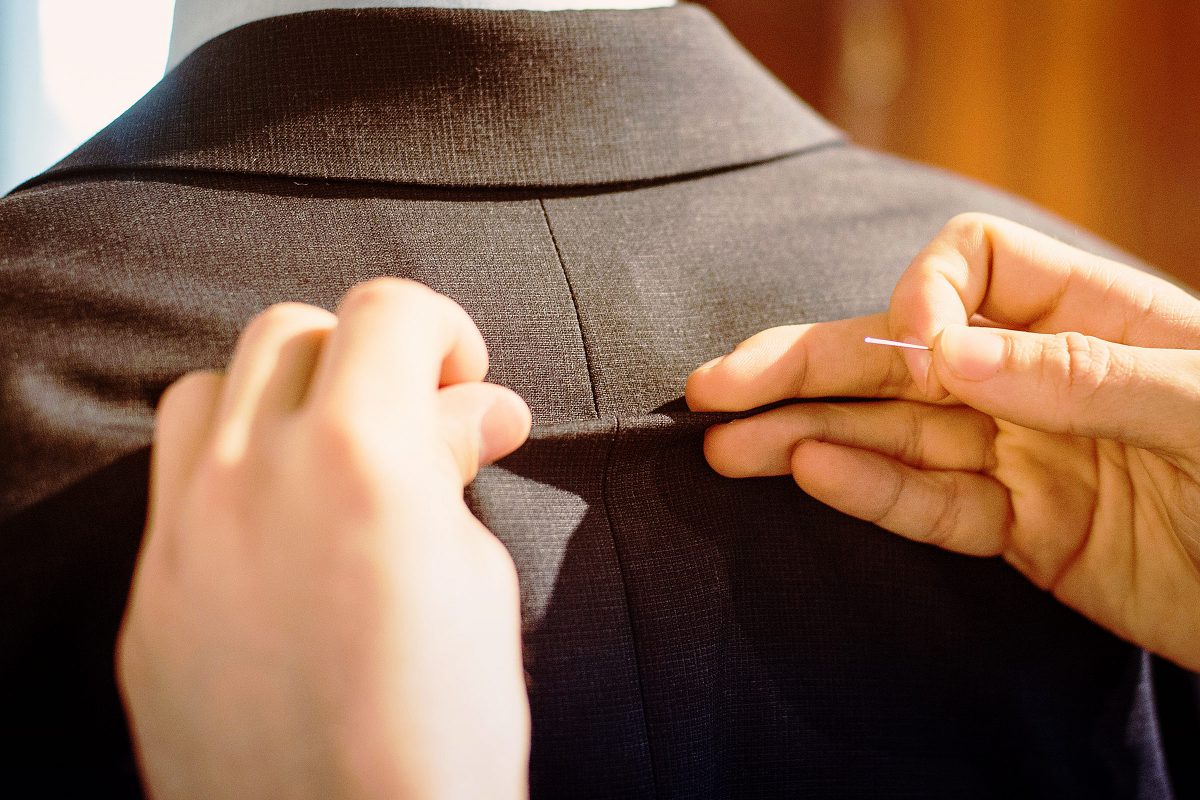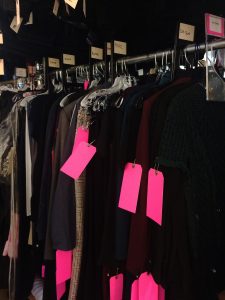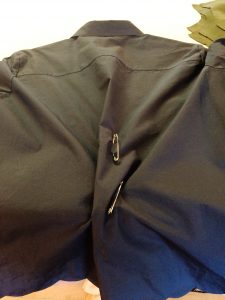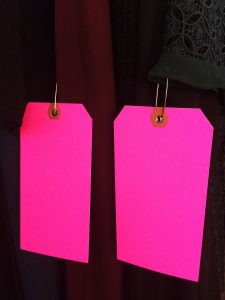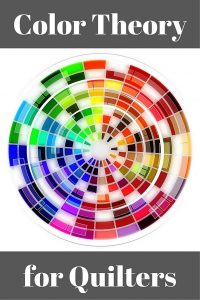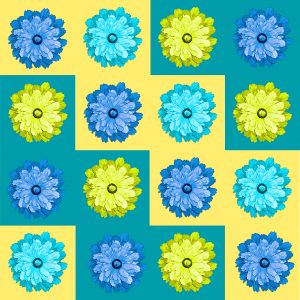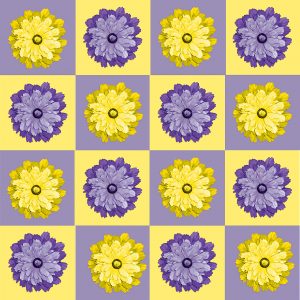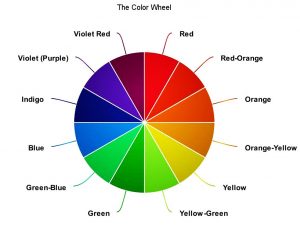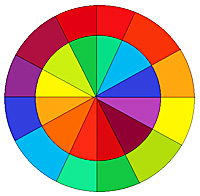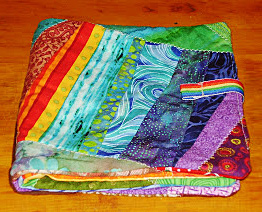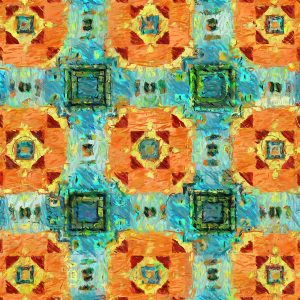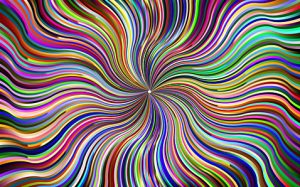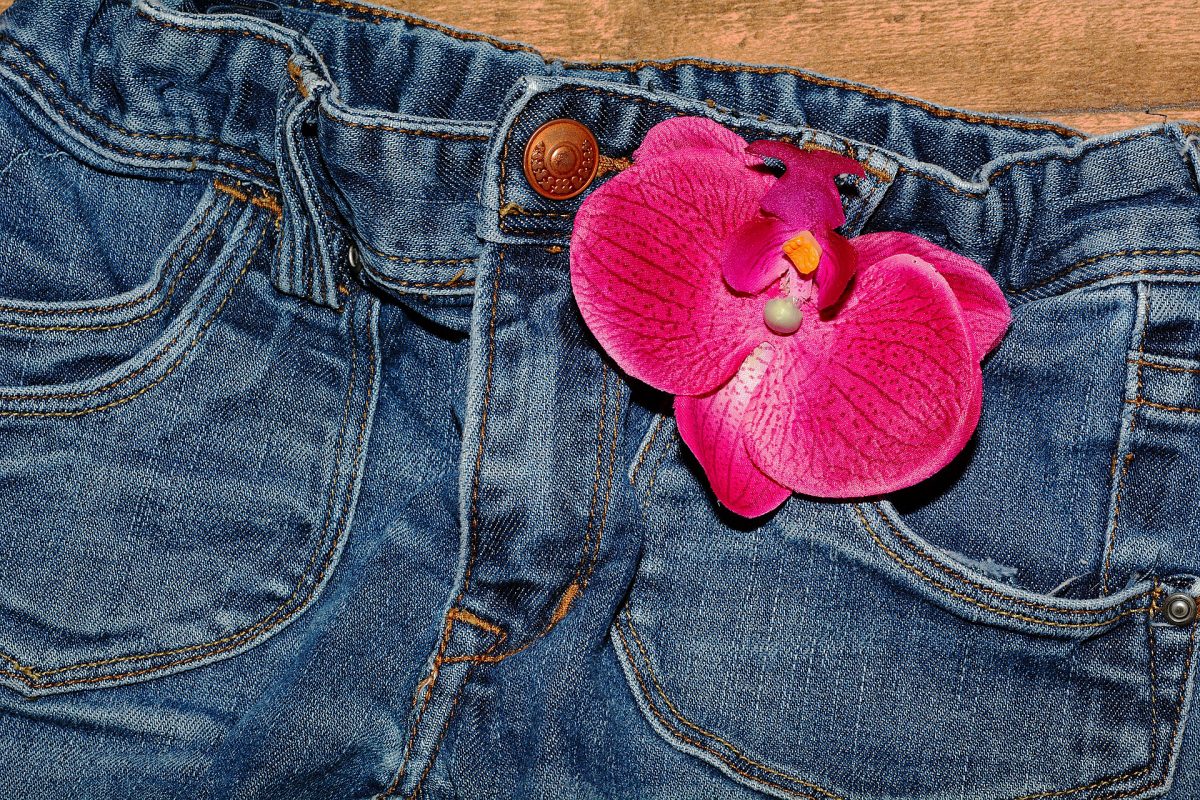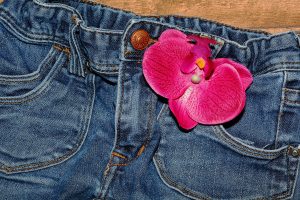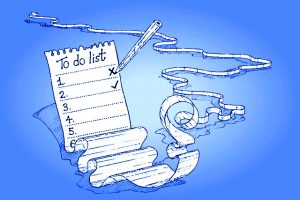
Ever get the feeling that you have 2,394,093,294,032 things to do, but you only have time for, like, 3?
Ever get the feeling that you have 2,394,093,294,032 things to do, but you only have time for, like, 3? Yeah, that. Between work, family, and such, I feel like I just don’t have enough time in the day to tend to everything that requires attention. But I guess that’s being an adult, right?
It’s a real issue to find time for everything that’s a major priority on my plate, but that leaves less time for recreational things that aren’t so big of a priority. You know how long it’s been since I read a book? A while, let me tell you!
But at the end of the day, I’m a southern girl. I like front porches, fresh-picked blackberries and time that’s just for enjoying life. So even with a busy itinerary, I’m all for finding time to relax and do things I appreciate.
In order to have that time, it pays to find ways to mingle productive endeavors with enjoyable concepts to get the best of both worlds, and sewing happens to be a task that allows the kind of openness to let that happen. For one thing, even if I’m working on a business project, the overall process of sewing can already be soooo relaxing. No matter what’s going on around me, it’s a basic process that gives me a structured place to send my focus—straight pin here, needle there, and I’m doing something productive!
And the relaxation element can go beyond the general details of sewing itself, since I don’t have to just sew while I’m sewing. The task is so flexible that working in other recreational hobbies with it is fairly easy!
For me, I sew when I watch TV, which would let me catch up on my favorite TV shows (I’m caught up on none of my favorites!!!) while doing something productive. I say “would let” that happen, because until I get a HDMI cable, anything that I need to watch via computer just isn’t showing up on the flat screen in the living room! Still, TV and sewing can go hand-in-hand for me!
Of course, there might be a drawback or two for this TV-sewing notion. For instance, those with louder-running machines might find that there’s too much noise to bother trying to hear the TV. But for those with a quieter machine, those who are hand-sewers, and those who are in various stages of sewing that are before or after the sewing machine comes into play, it’s an option! I might not even know what sewing machine I’ll have in the future, but I do know that I hand sew, and that any project I can think of involves those before and/or after stages in regard to a sewing machine. Basically, no matter the project or the noise level of a machine, sewing is one hobby that I can do while watching episodes of my preferred TV shows — like ones from my darling Food Network.
Cutting fabric, shredding material along the edges, plotting the pattern for a project… These are all things I can do away from a machine, and if I can do them without a machine, I can do them in front of a TV.
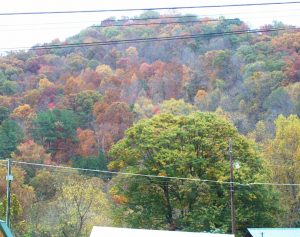
I do like sitting on the front porch with some lemonade & mountains like this around me for the visual.
There are other options as well for the pause-and-enjoy life aspect that can still fit with working on projects away from a machine, and one that I haven’t tried — but might try in the future — is to sit on my front porch sewing, preparing, or plotting. As I said, I’m a Southern girl, and I do like a good-sized front porch! Sitting there with some lemonade and mountains like this around me for the visual? That’s a big yes, and a muse for that matter! Can you imagine plotting a new quilt with this kind of Autumn color scheme in mind? Talk about inspiration right before my eyes! I’m inspired just thinking about it!
I could also listen to audio books while sewing, or plot out a new project when sitting in a waiting room. Sewing truly is a hobby that can be tended to alongside other tasks, letting me do what needs to be done and what I want to do while moving those projects along. I like sewing, and this flexibility might be one of the main reasons!
I’m a TV sewer with an interest in sewing on my front porch, but as I mentioned, those aren’t the only possibilities for multitasking with sewing.

